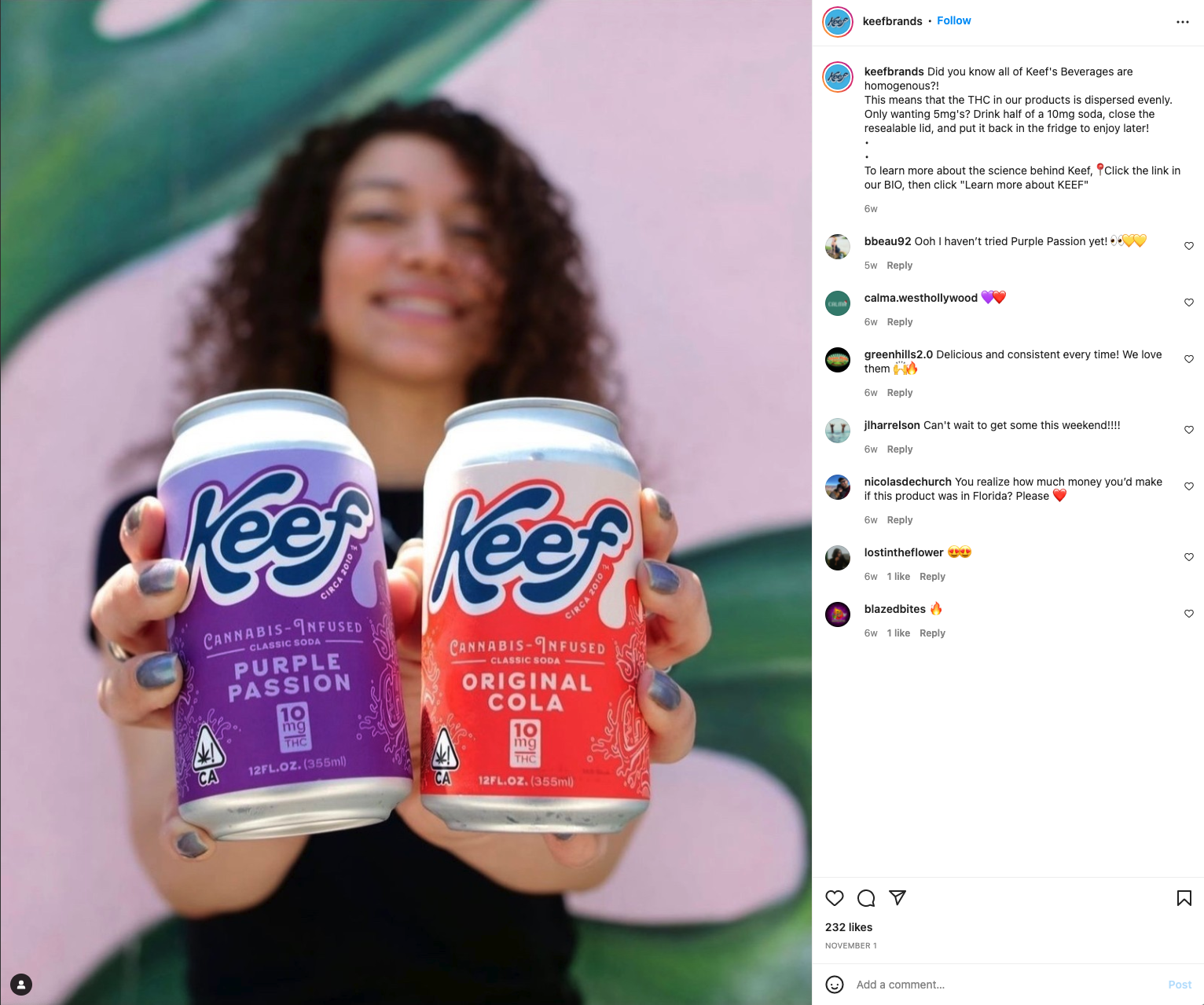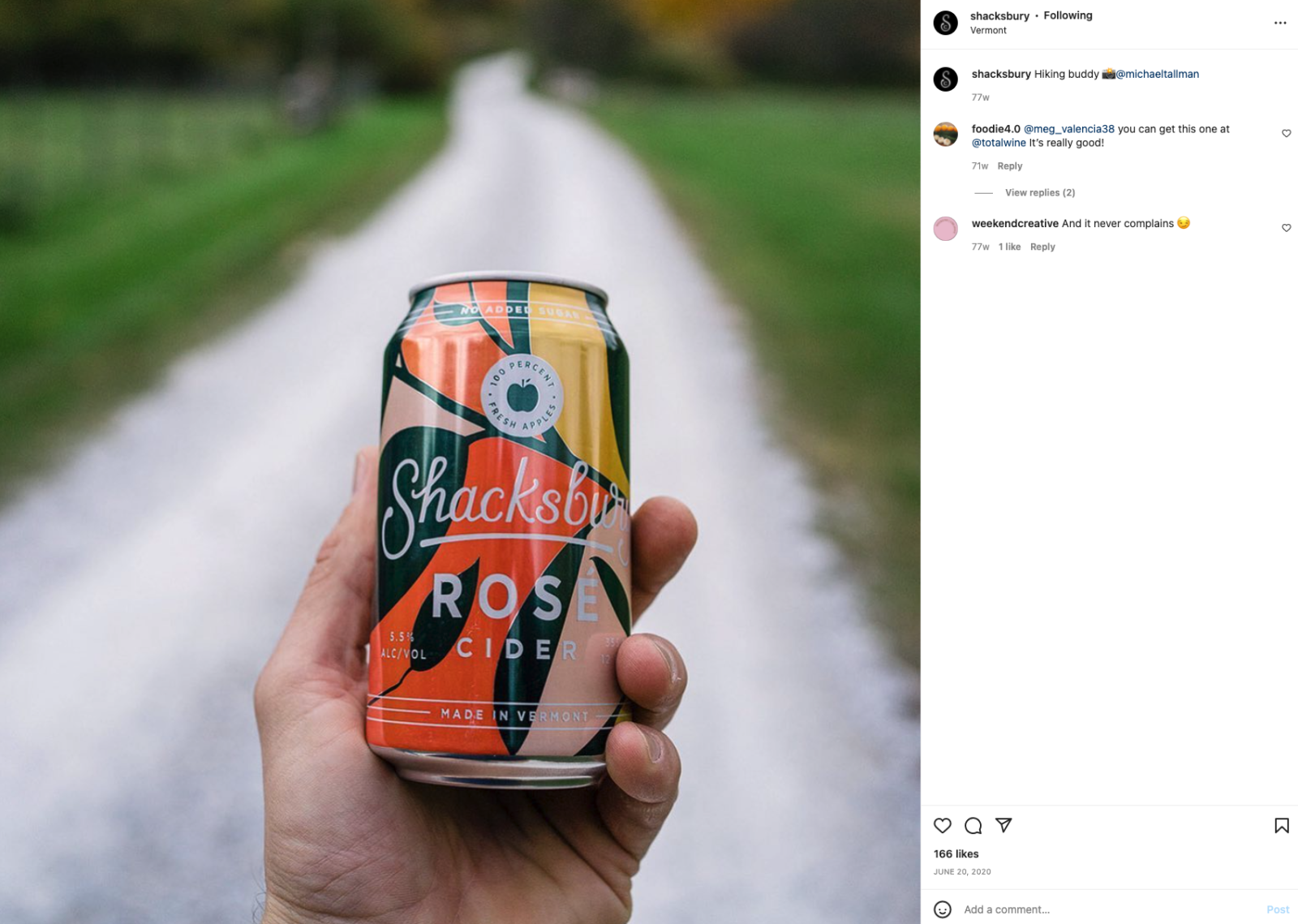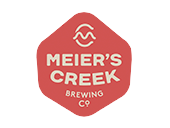At the start of each year, we’re all looking for change. Whether that’s a change in attitude or a change in your day-to-day life, it all keeps us on our toes. As we look toward 2022, we thought we would share 22 trends we think are going to be big in 2022 for the alcoholic beverage industry (and for the full scoop on beverage alcohol trends this year and next, check out our beverage alcohol trends report). We hope this list inspires craft beverage producers to embrace change, gives you a new idea to pursue, or helps to solidify that you’re already on the right track.
Alternative Beverages

- Low- and No-Alcohol Options
Fueled by sober-curious drinkers and modern social media advertisements, low- and no-alcohol beverages are on the rise. Studies demonstrate that these movements are here to stay, and big chains like Whole Foods are showcasing trendy no- and low- options in their top lineups for 2022. We’re also seeing local breweries try their hand at non-alcoholic beers or other beverages. - Health-focused Fermented Drinks
Drinks like kombucha have been steadily growing in popularity for several years, and 2022 is no exception to the rule. Many people are prioritizing their health like never before, and with that comes trends of fermented drinks with probiotics like kombucha and water kefir. - Cannabis-infused Beverages
As more states relax marijuana regulations, cannabis-infused drinks are becoming more widely available, and more popular. Don’t believe us? Research shows that this market is expected to grow to $2.5 billion by 2025 with a compound annual growth rate of 17.8%. According to Drizly’s BevAlc Insights Retail Report, over 50% of respondents said CBD- or cannabis-infused drinks have the greatest growth potential. Brands in this market are also mixing compounds of cannabis to provide different experiences — some geared toward energizing, others toward relaxing. - Ready-to-Drink Alcohol
RTD first came about in the early 2000s, but its real popularity is coming now. Brands like High Noon and Ranch Rider are coming in hot while liquor producers like Bombay and Kahlua are joining the canned cocktail party too. Canned cocktails are convenient if you’re on the go and cut down on ingredients if you’re looking to drink with friends, making them a strong contender for growth in 2022. - The Hard Seltzer Craze
Hard seltzer took the spotlight the last two years; however, many people predict this fad will go out as soon as it comes in. Is that true? We don’t think so. The number of options available might dwindle as a few brands specialize and grow. This means you could have the perfect opportunity to jump into the seltzer business. Don’t believe it’s growing? Data shows that retailers are still betting on hard seltzer, with 50% of respondents to Drizly’s BevAlc Insights Retail Report saying they’ll give the beverage more shelf space next year.
In the Tasting/Taproom
- More Tourism-based Visits
The Great Resignation is highlighting employees’ desire for more: more benefits, more PTO, and more flexible working schedules. All of these perks feed into a yearning for travel and experiences, things many people have put off for two years now. With this, more people will spend this next year traveling more and visiting more breweries, wineries, and cideries on their adventures. Programs like Travel Insights by Google can help producers pinpoint when travelers are more likely to visit their town, influencing specials and advertising choices. - Furry Friends Indoors
Spending extra time at home has caused our pups to become accustomed to our presence 24/7. Now that the world has welcomed people back to tasting rooms and taprooms, their dogs are coming too! From doggie menu items to more accessible outdoor seating, restaurants are rolling out the red carpet for dogs to join in on the fun. - The End of the Beer Bar
Breweries are gaining a new edge in building loyalty and community in their taprooms. The days of selling 20 beers from other brewers in your bar are coming to an end. Instead, brewery taprooms featuring fewer, more localized options and space for connecting with strangers are the new normal. This means brewers can now find ways to build a following of loyal customers who come just for their beer. - Fresh Designs
There’s nothing like going into a market and picking out a tasty brew for the night. The can has a cool design? Even better. In 2022, postmodern design featuring funky colors and fun patterns will make a comeback. Postmodern design is most frequently tied to the 1970s’ bright, bold look. This means taprooms, tasting rooms, cans, and bottles could get a refresh, opting for deep oranges and rich reds. - Technology
After a hiatus, QR codes returned in full swing this year as businesses limited physical contact with customers. Technology like QR codes, contactless point-of-sale systems, and other hospitality systems are now fixtures in taprooms and tasting rooms, and that’s not going to change. In fact, things could get crazier — imagine being served by a robot! Plus, business management software for production, inventory, accounting, TTB reporting, and distribution will be just as important to stay organized and ready for growth.
Wine & Beer

- The U.S. Wine Market Will Expand Beyond California
For decades, California has dominated the U.S. wine market, with no decent competitors in sight. However, among top producers in the U.S., California was the only state to lose market share in 2021. That means the states of Washington, Oregon, and New York have an opening, and in 2022, we think they’ll act on it. - A (Non-Starbucks) Pink Drink
The pink stuff will get its spot in the sun this coming year. Rosè and its copartners — rosè-inspired ciders and beers — will put on a strong showing in 2022 after their sales soared this year. Pink hues are a fun way to liven any party, especially with a younger crowd that camps out on Instagram. Plus, new brands have gained dramatic popularity in the last several years, opening the door for newcomers in a space that’s traditionally been a challenge to enter. - Climate Change Causes Pricey Vintages
Frost, droughts, and wildfires are menaces to West Coast vineyards in particular, and unfortunately, these effects of climate change aren’t going anywhere. This year, California vineyards plucked up 3.4 million tons of grapes — a nine-year low for the area — with some vineyards down 50% of their expected crop return. All of this change means one thing: higher price tags for wine. It costs money to house more additions to protect grapevines, and grapes are more exclusive when there are fewer spots where crops will grow. This also means that different kinds of wine, like white pinot noir, could become the norm.
Changes in the World
- New Packaging Options
The worldwide supply chain is getting a lot more attention these days. A dramatic increase in demand for tall, slender cans is causing more than a few complications, with Ball Corporation, one of the country’s largest can manufacturers, increasing its minimum order for preprinted cans fivefold—from 204,000 cans to 1,020,000. Some brewers and winemakers could get creative in the meantime, leading to more sustainable packaging options, especially since there could be aluminum shortages at some point. - Improving Benefits for Service Industry Workers
Historically, service industry workers have gotten the short end of the stick when it comes to benefits, treatment from customers, and recognition by their company. In 2022, however, that attitude is changing due to workers leaving their jobs and demanding more. More restaurants, breweries, and wineries are offering benefits like health care and 401(k) matches, benefits you might expect more at salaried jobs. Others are shifting the way they pay employees — no more settling for $2.13 an hour (plus tips). Some are even altering their scheduling system to take into account workers’ desire for more flexibility. - Workers Are the Heart of the House
Staff members are getting a rebrand in some places. Whereas in a traditional service industry business you might have front-of-house workers — like servers, hosts, and managers — and back-of-house workers — like cooks, brewers, and dishwashers — some establishments are calling everyone what they are: the heart of the house. This is, in part, to bring everyone together for a common cause. Management is also showing more heart to workers’ heads, too. Mental health is becoming a priority for more workers as the last two years have taken a toll and caused burnout. Businesses are responding with mental health days, therapy, and more. - Continued Push for Diversity, Equity & Inclusion
Like so many other industries, the beverage industry has been extremely lacking in diversity of employees, from production staff to owners. In 2022, a push to change this will grow as more businesses recognize the need to build community within their organizations — something the beverage industry is built upon. From internal training on anti-racism and changing hiring practices to curating lists of (and encouraging consumers to shop with) BIPOC- and woman-owned businesses, it’s essential for the beverage industry to continue work related to boosting diversity, equity, and inclusion.
Outside the Tasting/Taproom

- Direct-to-Consumer Is Only Getting Started
A process traditionally grounded in complicated rules and red tape, direct-to-consumer alcohol delivery shattered glass (bottles) during the pandemic. In 2022, this option isn’t going away. Wine auctions are seeing huge impacts from this as their shows increase and become highly digitized, demonstrating that the space has developed its own niche where laws allow. - Social Media Is Expanding (Again!)
Just when we thought we’d mastered every possible social media platform, a new one springs up. TikTok, known for its short form video format featuring trendy dances and morning routines, is more impactful on consumers than you might think. A study found that 36% of TikTok users have visited or ordered from a restaurant they saw on TikTok. It’s true in practice, too, as restaurants have found success after being promoted TikTok. The platform hit 1 billion users this September, and that number will only grow as creators take advantage of hashtag challenges and more ways to boost their businesses. - Alcohol Delivery Speeds Up
With the growth of direct-to-consumer sales comes ramped-up alcohol delivery. Earlier this year, alcohol ecommerce platform Drizly sold to Uber for $1.1 billion. Just last month now, Drizly formed a partnership with 7/11 to offer alcohol delivery in less than 60 minutes. These purchases and partnerships indicate a bigger change — that alcohol delivery will continue growing and the landscape will include more of these partnerships. - Sustainability in Beer & Wine Production
Consumers are turning their buying power toward more sustainable products, and that includes both beer and wine. It’s no secret that both beer brewing and wine production cause pollution — between the energy needed to run production facilities and the pesticides used to keep grapevines intact, it’s a lot. This next year will prove fruitful for producers who can adopt new sustainable practices and share them with consumers. Plus, this is the perfect opportunity to capitalize on more sustainable packaging options. - Partnerships Will Stay Popular
Who doesn’t want to grab a bottle of wine created by their favorite celebrity? Partnerships — for both celebrities and businesses — will continue to be popular in 2022. In September, alcohol ecommerce site Drizly shared that celebrity wines are among the site’s best-selling beverages. Companies like Patagonia are jumping into the alcohol game and selling their own beer and natural wines, ciders, and sake.
Want to keep up with the latest trends in the beverage alcohol industry? Subscribe to our Craftlab newsletter to make sure you have the latest.





